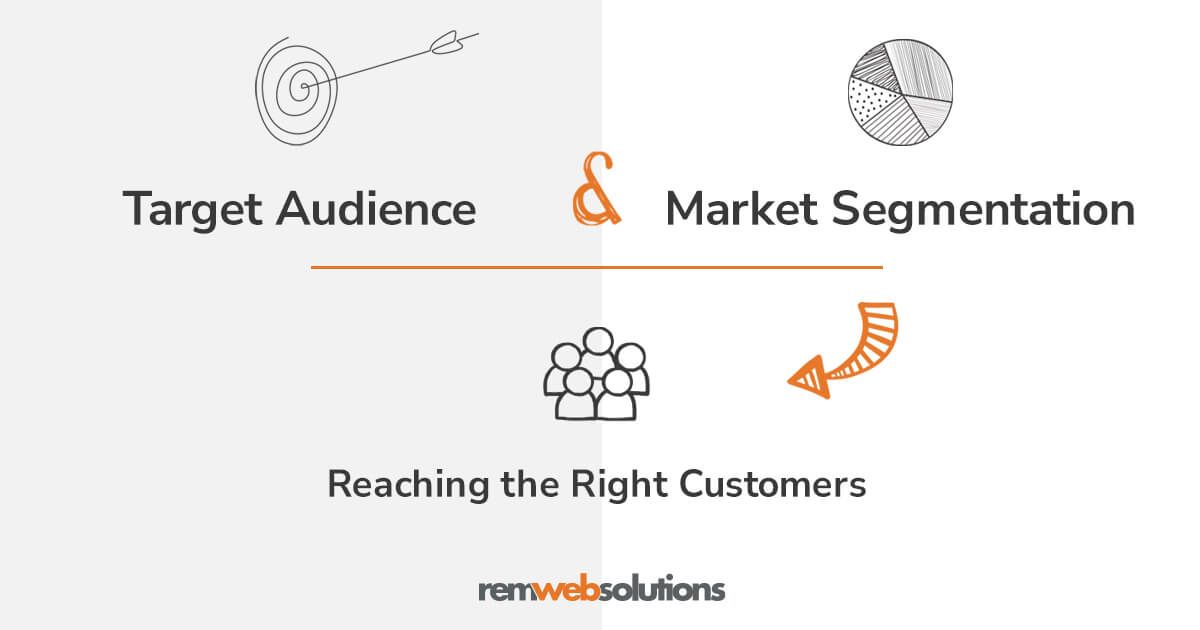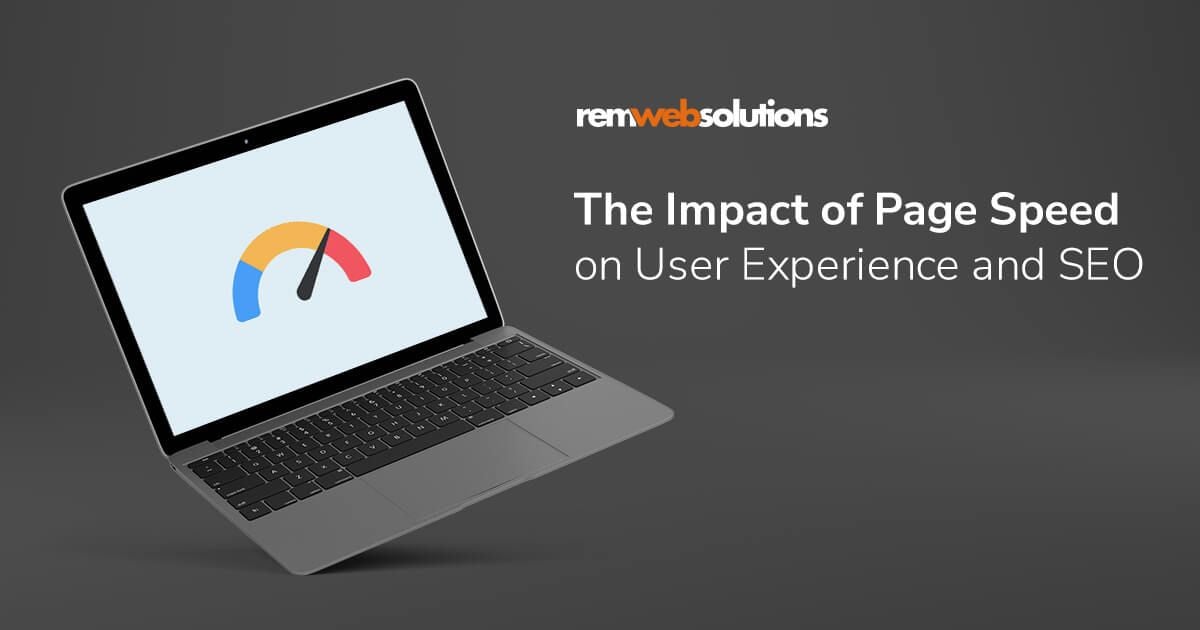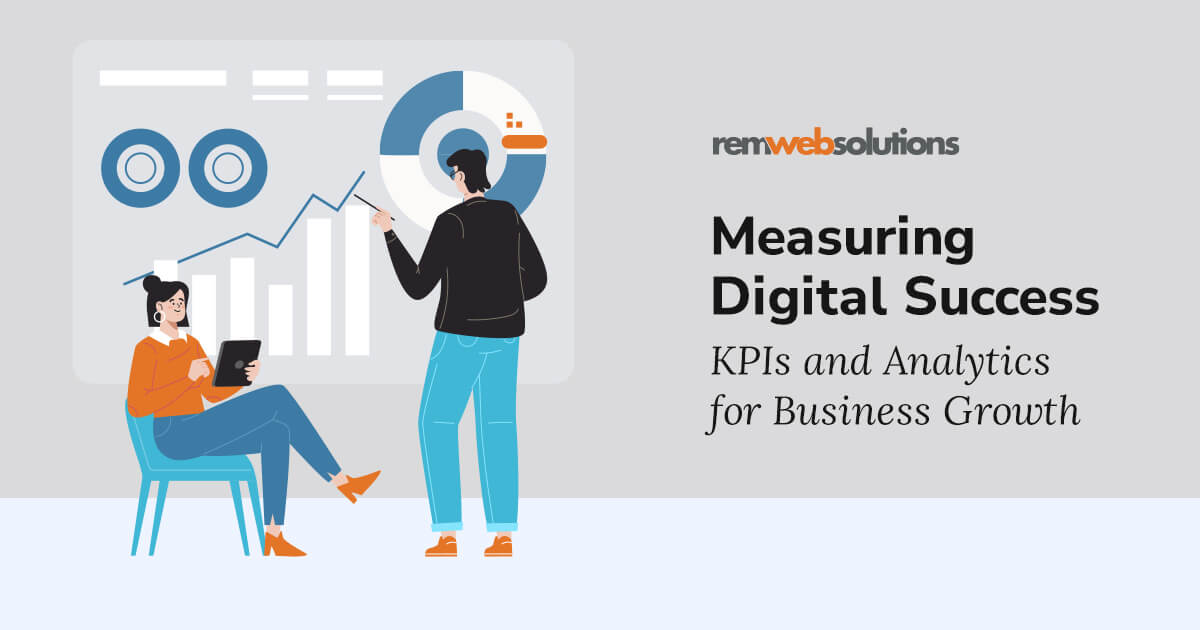
You've likely heard the term "content marketing" tossed around like it's a magic bullet for marketing success. It sounds like a buzzword, one of those concepts touted by marketing gurus who make it seem more like wizardry than a workable solution.
But here's a little secret: Content marketing isn’t as complex as it’s made out to be. In fact, it boils down to what you probably already know and do, just with a bit more intention and strategy.
At its core, content marketing is about connecting with your audience in a meaningful way, using content that resonates, engages, and provides value. It doesn’t require an extravagant budget or arcane knowledge—just a commitment to understanding and serving your audience.
In this article, we aim to demystify content marketing and bring it back to basics. We’ll get into what content marketing truly involves, three key pillars that make content genuinely compelling, plus a few practical tips to help you kickstart your content marketing efforts.
What is Content Marketing?
Content marketing is a strategy focused on creating, publishing, and distributing content for a targeted audience online. The goal is to attract and secure a well-defined audience and, ultimately, to drive profitable customer action (making a purchase, signing up to an email list, booking a consultation, etc.)
Another way to think about content marketing is communicating with your customers and prospects without explicitly selling to them. Instead of pitching your products or services, you're providing information that makes your buyer more informed, motivated, or interested in what you do. You position your business not just as a seller, but as a trusted advisor.
The idea is that if businesses deliver consistent, ongoing valuable information to buyers, they will ultimately reward us with their business and loyalty. And the statistics support this belief:
Content marketing costs 62% less than traditional marketing channels, and those leads are 6 times more likely to convert.
63% of content marketers say their content marketing has helped them to build customer loyalty, 81% say it has helped them to build brand awareness, and 63% say it has helped them to build customer loyalty.
In fact, content marketing works so well that 73% of B2B marketers and 70% of B2C marketers implement it into their marketing campaigns.
The power of content marketing is how it can draw prospects in and guide them through your digital marketing funnel. From awareness to consideration, and finally to decision-making, content marketing provides the right information at the right time, helping to drive more sales and grow your business.
Content marketing also supports your SEO efforts. By balancing informative content with search engine optimization tactics, content marketing and SEO can work together to boost your search rankings and build real connections at once.
So, Is Content Marketing Just Blogging?
While blogging is often a big part of content marketing, and one of the easiest ways to get your content marketing initiatives off the ground, they’re really only one part of the puzzle.
Content marketing includes many different forms of content—videos, podcasts, infographics, and social media posts, to name a few—that can engage, retain, and motivate your target audience at every point of the customer journey.
What works for your audience depends on who they are, what they need, and where they’re at in the buying process. And that’s what we’ll talk about next.
What Makes Compelling Content?
There’s a lot that goes into creating great content. Often, the bulk of this effort goes toward figuring out just what exactly you should be creating—the right format, length, tone, topic, and so on.
But if you want to really boil it down, there are there are three major pillars you need to focus on when it comes to creating effective, compelling content marketing:
- Create Content Your Audience Wants. This sounds like a no-brainer, right? But you’d be surprised how often businesses get caught up in what they want to say, rather than what their audience wants to hear. Understanding your audience's needs, preferences, and pain points is the first step in crafting content that resonates with them.
- Make It Sticky. Once you've captured your audience's attention, the next challenge is keeping it. Creating sticky content means producing material that’s engaging, memorable, and, most importantly, shareable. It's the kind of content that sticks in the minds of your audience long after, compelling them to come back for more or share it with others.
- Deliver the Right Content at the Right Time. Timing can be everything. Delivering the right content at the right moment in your audience’s journey can dramatically increase its impact. This involves understanding not just who your audience is but where they are in their decision-making process: whether they’re just discovering their problem, considering solutions, or ready to decide. The content that will resonate with them at each stage is different.
Now, let's unpack each pillar and explore how you can put them into action.
1. Create Content Your Audience Wants
The foundation of effective content marketing is to understand your audience and deliver what they truly want to read, watch, listen to, etc. This goes beyond guesswork and assumptions. You want to really understand your audience's online habits, preferences, and needs.
Understand Your Audience on a Deeper Level
Truly knowing your audience means going beyond basic demographics. You need to know what they believe, their values, and the challenges they face that relate to your products or services.
Consider:
- Pain Points: Customer pain points are specific problems that your customers are dealing with. What’s bugging them? What keeps them up at night? And how can your product or service help?
- Online Habits: Where do they go for news, inspiration, or community? Understanding this will help you decide where and how you should publish your content.
- Trustworthy Sources: Who can they trust? Identify which platforms or voices your audience deems credible and consider how you can be present or collaborate with these sources.
- Content Preferences: What gets people talking, commenting, and sharing? Pay attention to the types of content (videos, articles, infographics) that not only capture your audience’s attention but also drive them to engage and act.
Gather Information
- Customer Surveys: Sometimes, the direct approach works best. Asking your audience what they like through surveys can provide clear answers.
- Social Listening Tools: Platforms like SparkToro can help you discover what your audience talks about online and where they hang out. Are they scrolling through specific subreddits, tuning into YouTube channels, or following certain influencers or podcasts? Knowing which platforms engage your audience gives you a clearer picture of topics and formats that will engage them as well.
- Competitive Analysis: Tools integrated into platforms like Ubersuggest allow you to see what content is working for your competitors.
- Keyword Research: Tools like Google Keyword Planner can show you what your audience is searching for, as well as relevant topics with growing interest, highlighting opportunities to provide solutions.
When you hit the mark on what your audience wants, convincing them to engage with your content becomes a whole lot easier.
2. Master the Art of Making It Stick
In a world flooded with short-lived memes and even shorter attention spans, making your message memorable is more important (and harder) than ever.
What can you do to make sure your content marketing isn't merely a momentary distraction?
It’s about crafting content that ‘sticks’—content that continues to engage and attract attention long after its first published.
Sticky content is, and always will be, an elusive concept. Tastes are ever-changing, as are the social media and search engine algorithms that decide what content lands on our front pages.
But as science reveals more about how our minds and memories work, we can pinpoint a few key traits of ideas and images that stick.
In the book Made to Stick, Chip and Dan Heath break down six key qualities that make content memorable in the form of the acronym SUCCESs:
- Simple: Keep your ideas core and compact. The most memorable content is stripped down to its most essential elements, making it profound yet easily graspable.
- Unexpected: Surprise your audience. By breaking patterns and defying expectations, you can capture and retain their attention.
- Concrete: Use sensory information and concrete facts to describe your ideas. This approach makes your message easier to understand and remember, as opposed to abstract concepts.
- Credible: Credibility can make or break your content. Whether through authoritative sources or concrete details that support its validity, make sure your content can be trusted.
- Emotional: Connecting with your audience on an emotional level makes your content more compelling and memorable. Tap into emotions to deepen engagement.
- Stories: Narratives and stories not only engage and inspire but also help people visualize ideas and see their potential applications. Stories foster a deeper connection and commitment to your message.
This blend of simplicity, surprise, concreteness, credibility, emotional connection, and storytelling ensures that your content doesn’t just flash before your audience’s eyes but stays with them, influencing their perceptions and actions over time.
Crafting sticky content (and all content, really) is both an art and a science. It requires thought, creativity, and a deep understanding of what resonates with your audience. But when done right, it’s incredibly powerful, transforming passive readers into engaged followers and, ultimately, loyal customers.
3. Serve the Entire Content Lifecycle
Not everyone you’d consider a prospective customer is ready for the same content at the same time.
Sure, some people just need a little extra push ready to hit “Buy Now” or “Get a Quote.” We love those people. But there are plenty more who are still on the fence, who need more information, or who don’t even know they need what you offer yet.
To move a prospect through the marketing funnel (from the “What’s this?” stage to “I want this now!”), you need to provide them with content that meets their needs at each step along the way.
Here’s a brief look at what content works best at each stage of the funnel:
- Top of the Funnel (Awareness): At this stage, your prospect is just becoming aware of a problem they have and that you might have a solution. Content should aim to increase offer awareness, engage your audience, and drive traffic to your website.
- Effective content at this stage includes blog posts, social media posts, infographics, eBooks, and podcasts—all designed to educate and inform.
- Middle of the Funnel (Consideration): Here, prospects evaluate their options, including your competitors and the choice to do nothing. The goal is to grow your email list and social media following so that you can make an offer down the line.
- Content that works well includes more in-depth materials like email sequences that provide value and continue to educate.
- Bottom of the Funnel (Decision): This stage gives the final nudge towards conversion. Content here focuses on nurturing leads and customers, maximizing value, and increasing retention and purchase frequency.
- Effective formats include whitepapers, case studies, software downloads, and webinars that offer deep dives into your solutions.
It's tempting to focus solely on end-of-funnel content—the kind that converts quickly—because it directly impacts your bottom line.
However, if you ignore the early stages of the funnel, you narrow your pipeline and miss out on opportunities to convert more customers down the road.
Kickstarting Your Content Marketing Journey
First things first: you need a place to publish and share your content.
For most, a blog serves as the cornerstone of their content strategy. It’s essential that your chosen platform is straightforward for you and your team to use.
Wrestling with complicated design requirements or needing a developer for every minor update can stall your momentum. What you need is a user-friendly content management system (CMS) that allows you to publish, edit, and update content seamlessly.
Platforms like WebWiz@rd are designed with this in mind, making sure the technical side of content creation doesn’t slow you down.
The key to getting off to a strong start isn’t in doing everything at once. It’s better to make consistent progress with a clear focus.
Informational content, like blog posts, articles, and infographics that address common questions, pain points, and interests, is a great place to start. Start with what you can manage effectively, learn from your audience's responses, and adjust your strategy as you go.
At REM Web Solutions Inc., we thrive on helping our customers grow their businesses in tangible and impactful ways. If you need support with your digital marketing efforts or website design and development, don’t hesitate to reach out. Our skilled team is always here to support you in navigating the digital landscape!



































